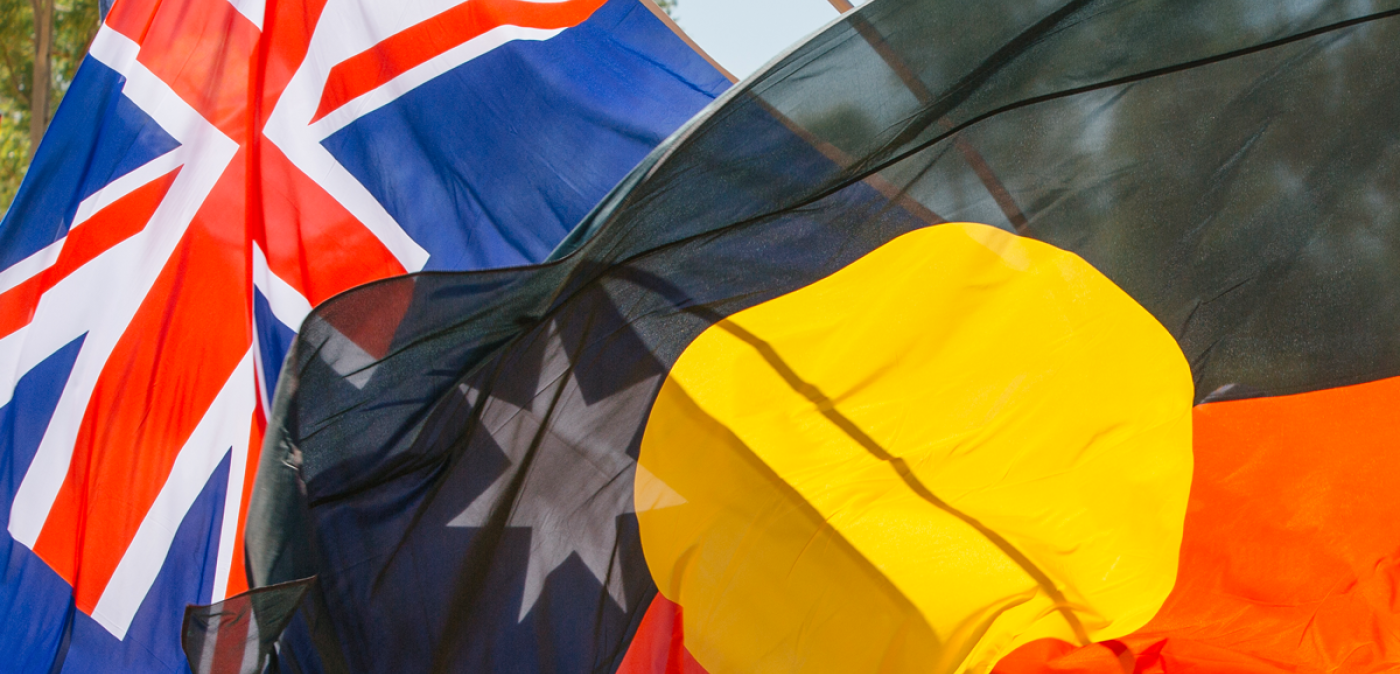
Continue reading
Enjoy access to free resources
Register nowAlready registered? Login
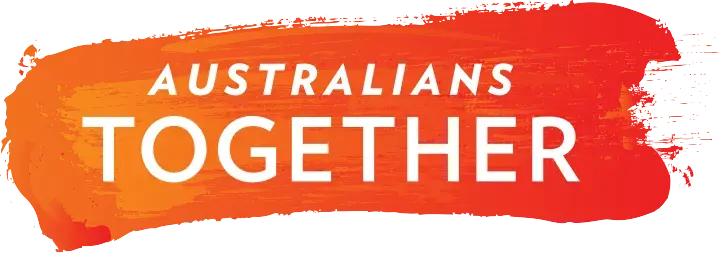
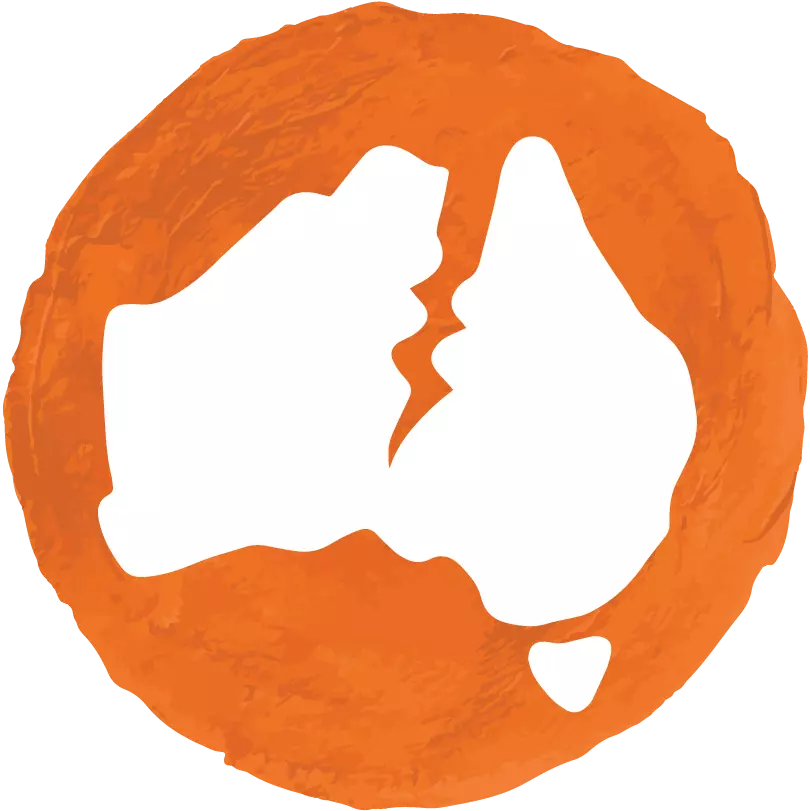 The Wound
The Wound
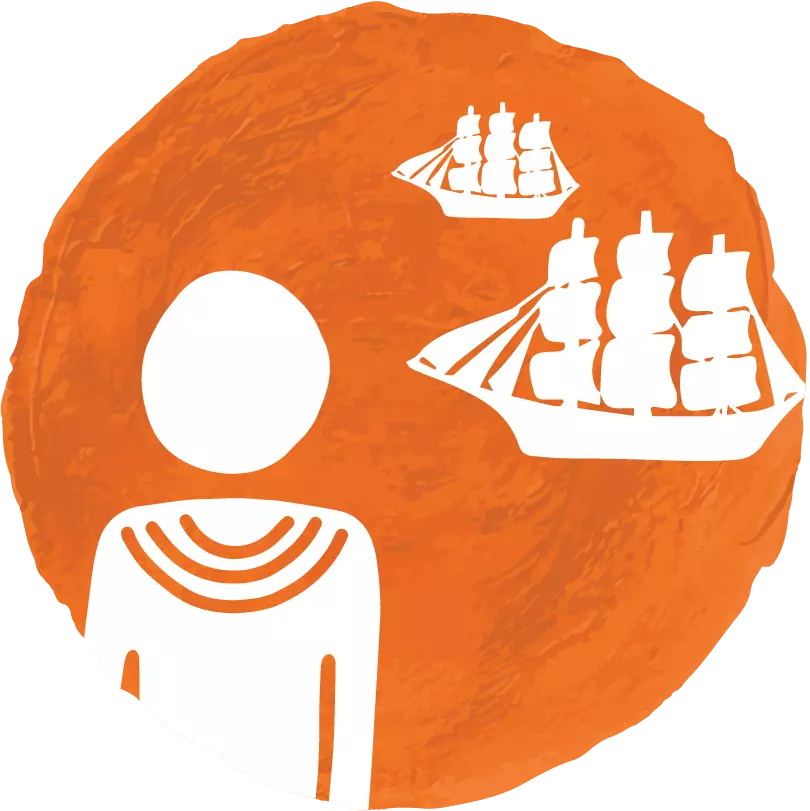 Our History
Our History
 Why Me?
Why Me?
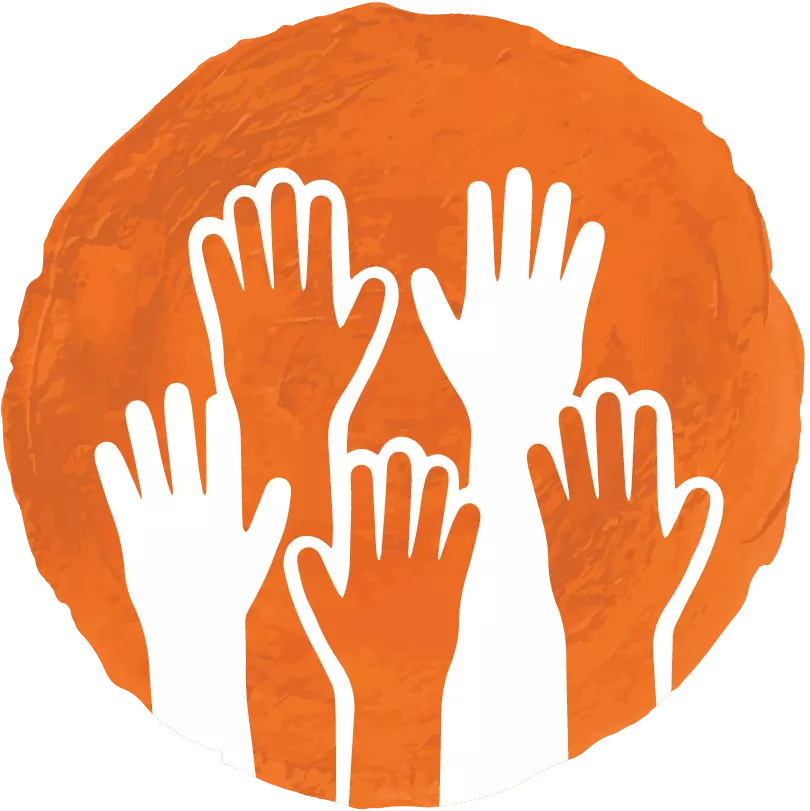 Our Cultures
Our Cultures
 My Response
My Response
“This is an opportunity for Australia to decide what kind of country we are, what our principles and values are.” – Pat Anderson AO, Co-Chair Uluru Dialogue group (Massola and Visentin 2022).

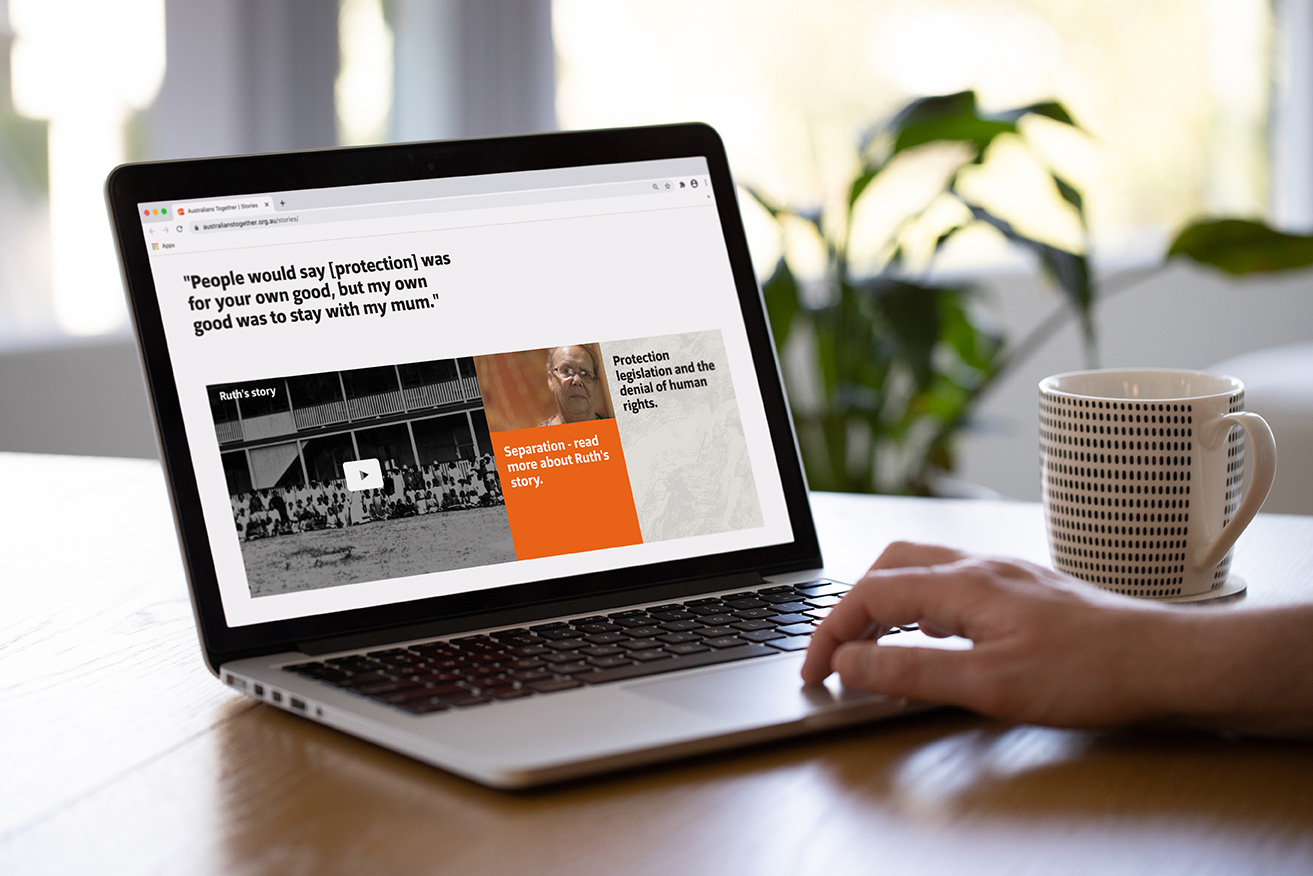
 The Wound
The Wound
 Our History
Our History
 Why Me?
Why Me?
 Our Cultures
Our Cultures
 My Response
My Response
Enjoy access to free resources
Register nowAlready registered? Login
We respect and honour Aboriginal and Torres Strait Islander Elders past, present and future. We acknowledge the stories, traditions and living cultures of Aboriginal and Torres Strait Islander peoples on this land and commit to building a brighter future together.
Warning: Aboriginal and Torres Strait Islander viewers are advised that this website may contain images, voices and names of deceased persons.
Find out more